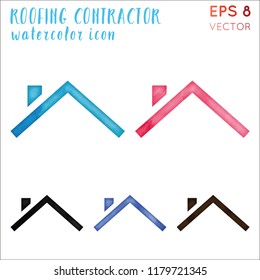Factors To Take Into Consideration For Industrial Outside Paint By Season: Essential Information You Should Have
Factors To Take Into Consideration For Industrial Outside Paint By Season: Essential Information You Should Have
Blog Article
Published By-Leach Skafte
When you're preparing a business outside paint task, seasonal variables can make or break your outcomes. You'll wish to consider how temperature and moisture effect paint application and drying out times. Selecting the appropriate period can ensure your paint sticks effectively and lasts longer. However which periods are genuinely the most effective for this type of work? Let's explore the key elements that can influence your job's success.
The Impact of Temperature Level on Paint Application
When you're intending an industrial outside paint project, the temperature level can dramatically influence exactly how well the paint adheres and dries.
Preferably, you intend to paint when temperature levels vary in between 50 ° F and 85 ° F. If it's too cool, the paint may not cure effectively, leading to problems like peeling or breaking.
On the other hand, if it's also warm, the paint can dry out too promptly, protecting against appropriate adhesion and causing an uneven finish.
how to tell if paint has gone bad ought to also consider the time of day; early morning or late afternoon uses cooler temperatures, which can be much more beneficial.
Always examine the maker's recommendations for the particular paint you're using, as they usually provide advice on the optimal temperature range for ideal results.
Humidity and Its Result on Drying Times
Temperature isn't the only environmental variable that influences your business external paint job; moisture plays a significant function as well. https://rafaelngqyf.blog-ezine.com/34488876/trying-to-find-first-class-house-painters-learn-the-essential-pointers-for-an-amazing-home-transformation-that-can-raise-your-building-worth-by-almost-7 can slow down drying times significantly, impacting the total quality of your paint work.
When the air is saturated with dampness, the paint takes longer to heal, which can bring about issues like bad attachment and a higher danger of mildew growth. If you're repainting on a specifically humid day, be gotten ready for extensive delay times in between coats.
It's vital to check regional climate condition and strategy appropriately. Ideally, aim for humidity degrees between 40% and 70% for optimum drying.
Keeping these factors in mind ensures your job stays on track and provides an enduring finish.
Best Seasons for Commercial Outside Painting Projects
What's the best season for your commercial external painting jobs?
Springtime and early autumn are generally your best bets. Throughout these periods, temperature levels are moderate, and humidity degrees are frequently reduced, developing excellent conditions for paint application and drying out.
Stay clear of summertime's intense heat, which can cause paint to completely dry as well rapidly, resulting in poor attachment and finish. In a similar way, winter months's cool temperatures can prevent proper drying and treating, risking the long life of your paint task.
Aim for days with temperature levels in between 50 ° F and 85 ° F for optimum results. Bear in mind to examine the regional weather prediction for rain, as wet problems can ruin your job.
Preparation around these elements ensures your painting task runs efficiently and lasts much longer.
Conclusion
Finally, planning your industrial external paint jobs around seasonal considerations can make a considerable distinction in the outcome. By scheduling work during the optimal temperature levels and moisture levels, you'll make sure much better adhesion and drying times. Keep in mind to keep an eye on regional weather report and choose the right time of year-- spring and early loss are your best bets. Taking these actions will certainly assist you achieve a durable and specialist coating that lasts.
